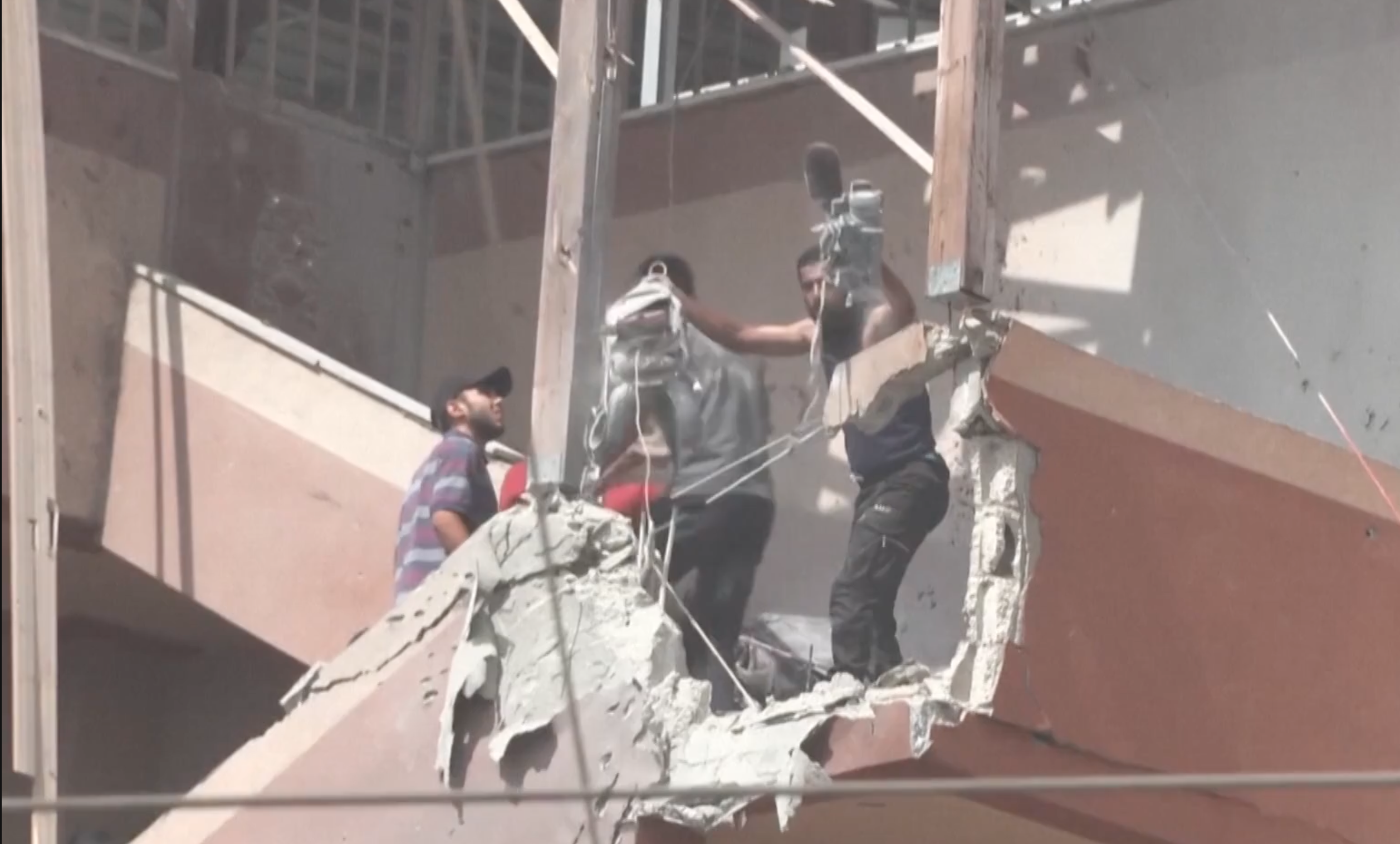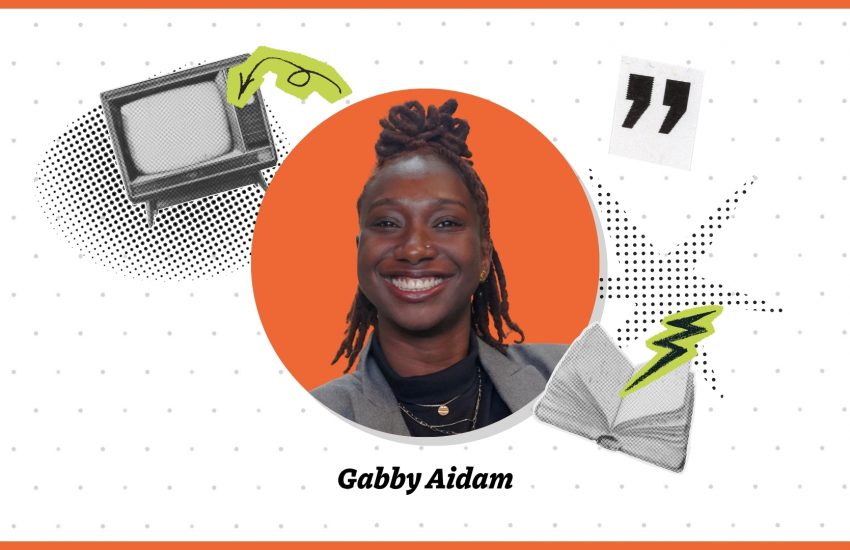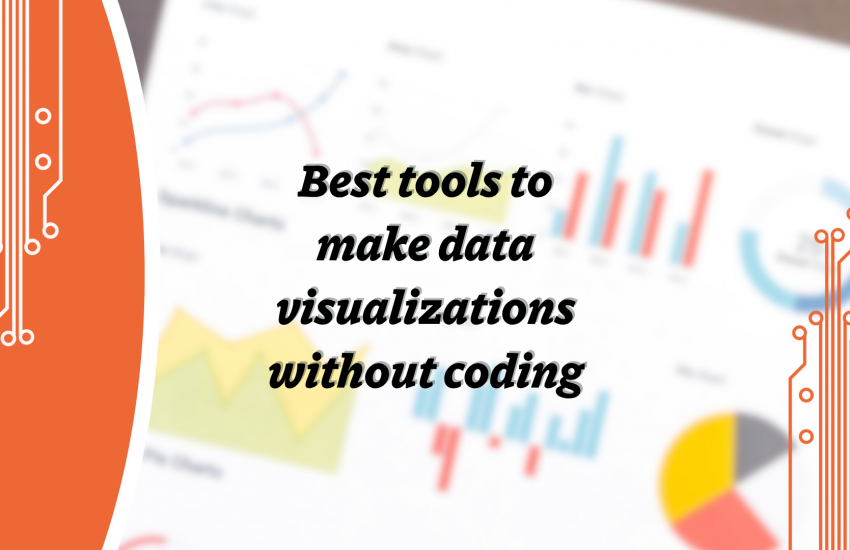Reconstructing Truth: How The New York Times’ Christoph Koettl Investigated a Deadly Israeli Attack on Journalists in Gaza
“This is the moment before the Israeli military killed a group of journalists,” the video begins. The footage shows a group of people, some wearing bright orange vests and helmets, steadying themselves on a half-demolished exterior staircase. Twelve seconds in, a large blast erupts, engulfing the staircase in smoke. The camera shakes as voices cry out, “The place has been targeted again!”
It’s the opening of Christoph Koettl’s visual investigation of the bombing of Nasser Hospital in Gaza, titled “Videos Contradict Israel’s Rationale for Deadly Hospital Attack.” Koettl, working on this project with Sanjana Varghese, Natalie Reneau and Aric Toler, is a reporter on The New York Times’ Visual Investigations team, where he uses innovative tools to research and expose human rights violations and potential breaches of the laws of war. With a background in human rights and conflict studies, Koettl was one of the first journalists to join the team in 2017. That team has since grown significantly.
We spoke with Koettl about how this investigation came together — from gathering footage and verifying metadata to the challenges of the work and the hope he still finds in this work.
This interview has been edited for clarity.
What made this case a strong fit for a visual investigation?
It was Monday morning when my teammates and I here in the U.S. learned about the attack on a hospital that killed several journalists in Gaza. Because journalists were among the victims, we immediately saw it as a really important story. Some of my colleagues have spent time reporting from Gaza themselves, so for them, it hit especially close to home.
There’s often a lot of confusion in situations like this, and people are asking, What actually happened? But in this case, because there were two attacks in such quick succession, a lot of people were already filming. That meant we had access to footage from the seconds and minutes leading up to the second strike. It’s rare to have that much visual evidence, so we felt like this was exactly the kind of story our team is built to investigate.
Given that international journalists haven’t been allowed to regularly enter Gaza since October 7, 2023, how do you go about gathering footage for a story like this?
Both myself and members of my team who focus more regularly on Gaza have go-to accounts that we monitor on platforms like Twitter, Facebook, and Telegram. But in this case, we actually spent a lot of time going through wire services, especially Reuters and the Associated Press, since some of the journalists killed in the attack were working for them. That meant they had footage, including a livestream from the cameraman who was killed in the first strike.
One really important piece we found was archival footage from that same cameraman, Hussam al-Masri, filming from the exact same staircase months earlier.
Beyond that, we also use Instagram a lot. We often reach out directly to people who post videos to ask for permission to use their footage.
How do you work with sources from social media?
Sometimes this can be challenging. There are cases where people want to stay anonymous for security reasons, so it can be really difficult to trace the original source of a piece of footage. In those situations, one option we have is to analyze and annotate the clip — we’ll only use a few seconds of it and really transform the footage. That helps make a stronger case for fair use.
But in general, we spend a lot of time reaching out and asking people for permission. Most of the time, they’re thankfully very willing to share their footage with us.
How did you verify that the staircase in the attack footage was the same as the one in the archival videos?
It’s definitely much easier when we’re using footage from a wire service like Reuters, because their material usually comes with a location and timestamp. But in this case specifically, the staircase happened to be very recognizable — the walls were a specific color, and we found several videos from the past two years showing journalists hanging out there.
We also used Google Earth a lot, and satellite imagery to confirm the location. In the end, we had four different videos of the incident, each showing a different angle of the attack.
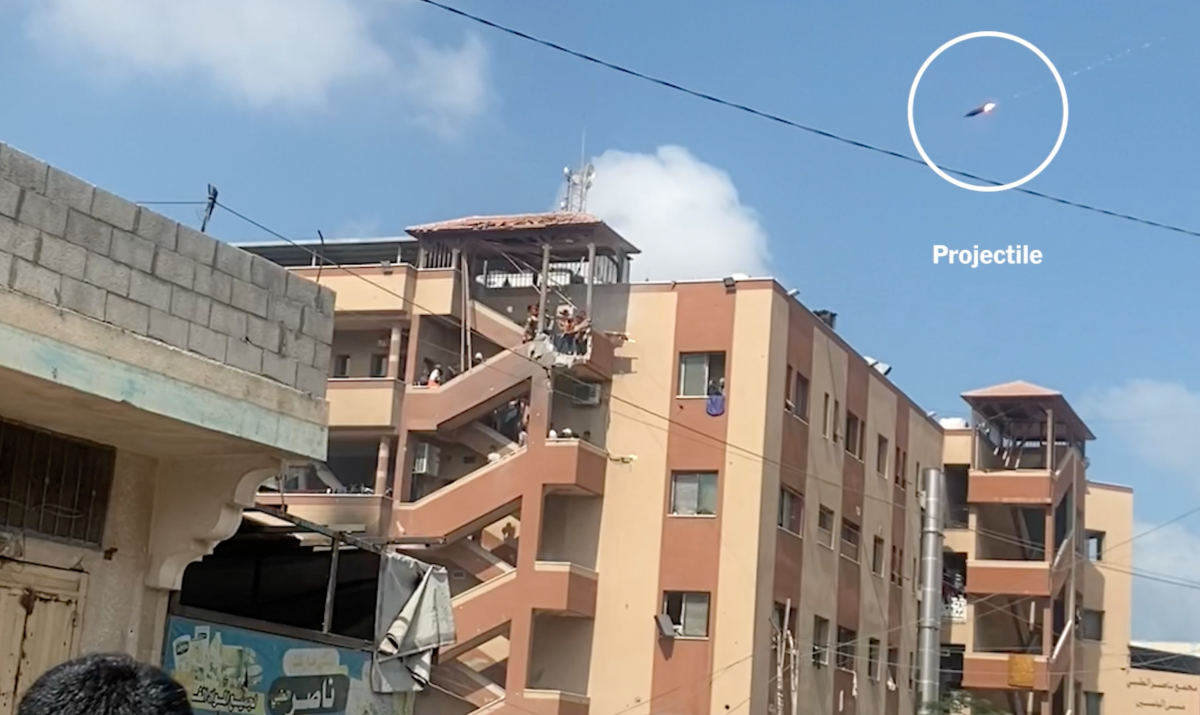
Did you work with any analysts or experts outside of your team to better understand the attack?
Definitely. For this piece, we reached out to a couple of weapons experts to help us identify the types of projectiles used. Even then, there wasn’t complete agreement about the exact weapon — whether it was fired from a tank or a drone. But about a week after we published, the Associated Press released images of the projectile remnants, which made it clear they were tank shells. This suggested that two tanks fired almost simultaneously, meaning the attack couldn’t have been accidental.
We also consulted legal experts with experience in international humanitarian law. They explained that, theoretically, this could have been a legitimate military target. However, even in that case, under international humanitarian law, Israel would have been required to warn the hospital so people could evacuate. We have no indication that any warning was given. So, ultimately, both sets of experts helped us confirm that there was no military threat at the moment of the attack.
Also, given the Israeli military’s advanced intelligence capabilities, it’s likely they knew this was a known gathering spot for journalists.
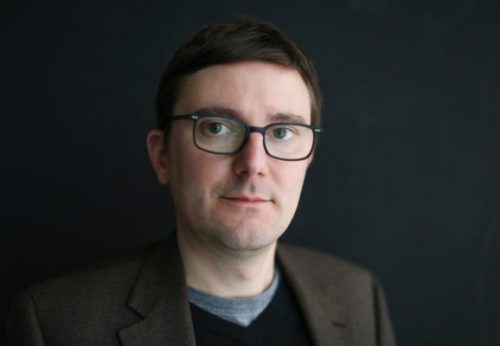
What types of software or tools do you use in your investigations?
Google Earth is one of my main tools, it’s great for organizing information and helps me visualize and reconstruct events. For example, it lets me see exactly where the two staircases were and where the witnesses filming the incident were standing.
We also examined very high-resolution satellite imagery taken the day before, the day of, and the day after the attack. That helped us roughly map out where Israeli military forces were positioned in the area at the time.
In addition, we use metadata viewers, which, if you have the original footage, allow you to see details like the timestamp, the type of camera used, and whether the footage has been edited. However, if footage is shared via WhatsApp or Telegram, the original metadata is stripped. Social media platforms often alter metadata as well, which is why so much of our work involves manual verification.
I also used Adobe Premiere to watch the footage frame by frame.
Was it challenging to produce this piece in under a week?
It was definitely a busy and hectic week. But it wasn’t too bad, mainly because we decided early on to keep the video short. That helped. It was also a relatively straightforward case, and we focused primarily on the second attack, which allowed us to move quickly.
Were there any parts of the process that were particularly difficult or didn’t go as planned?
With a fast-moving news story like this, it can be frustrating to wake up and see that other outlets have already published something. But I felt strongly that we needed to stick to what we set out to do — to make something that would really resonate with our viewers. And in the end, I’m actually glad others were covering it too, because it was such an important story.
And then just mentally, it’s super exhausting. This is a really hard topic for all of us to be working on.
What potential do you see in the field of visual investigative reporting?
One of our main goals is to educate the public, to help our readers understand these kinds of issues and provide context around what they actually mean. By the time our piece came out, a lot of people had already seen the videos from the attack. But we wanted to make it very clear: hospitals, journalists, and first responders are protected under international law. You can’t just target them, and claiming someone was operating a camera on behalf of Hamas, for example, that doesn’t count.
When you have this kind of footage, it’s important to show what actually happened. Seeing it unfold visually has a different impact than just reading about it.
In terms of the broader potential of this work, we really aim to do strong accountability journalism — something that can have a real-world impact. We’ve had some major stories over the last few years. One example is the investigation we did into the aggressive police response during the Black Lives Matter protests in Philadelphia in 2020. We published the piece, and within six hours, the city held a press conference with the police commissioner. Both the mayor and the commissioner apologized, and one officer was disciplined. Four months later, the city banned the use of tear gas in those kinds of situations.
Of course, not every story is going to have that kind of impact. But when it does, it’s incredibly motivating.
